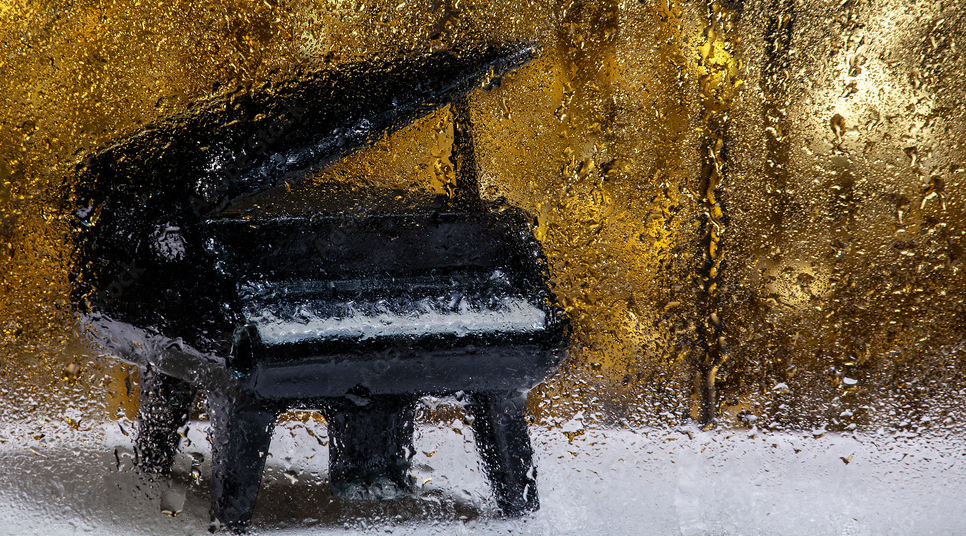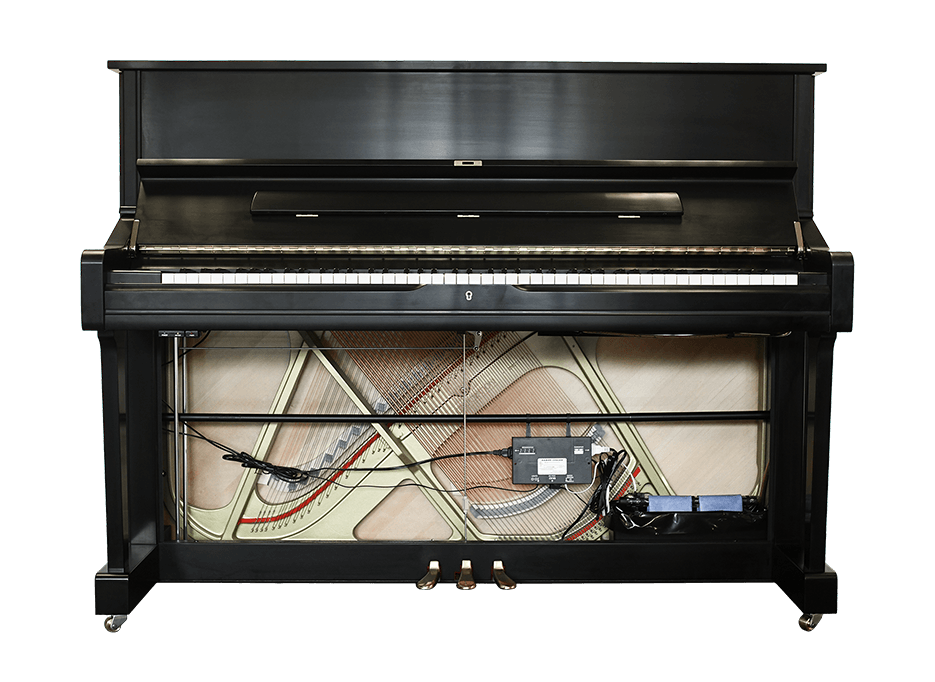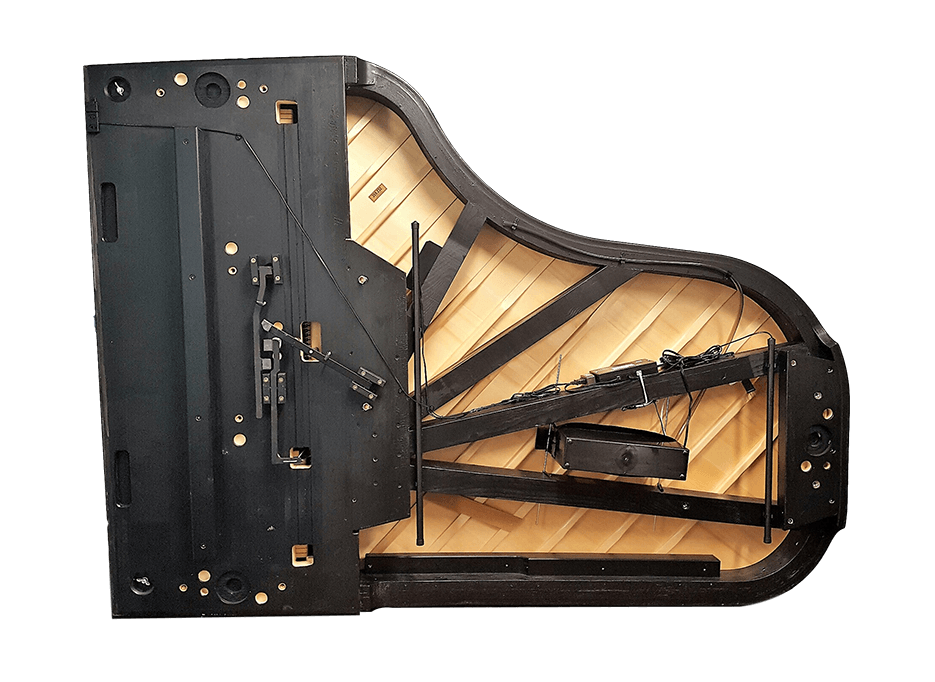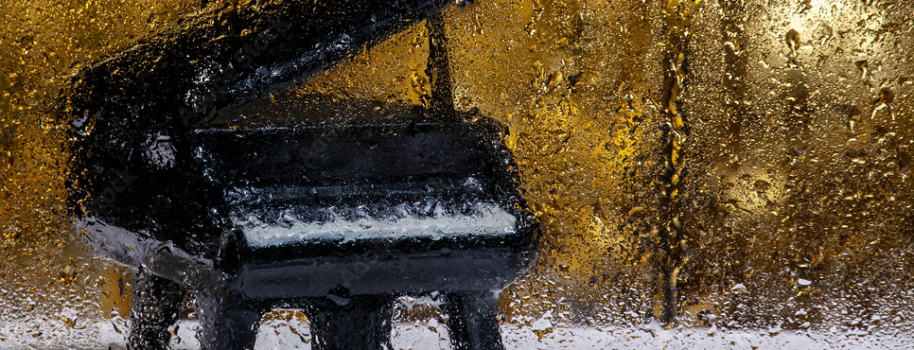Why do pianos go out of tune? The simple answer is the change in humidity from season to season. The piano, being primarily made of wood and felt. And especially the soundboard will swell with moisture in the more humid seasons and contract in the drier seasons. When these changes occur, the wooden parts cause the strings to stretch during the swells and relax during the contraction. The strings do not stretch and relax by the same amount at the same time. Which causes the piano to be knocked out of tune.

The middle and more flexible area of the piano’s soundboard will move more during these seasonal changes than the outer area of the soundboard, which is more stable. This is why the pitch fluctuations of the tenor & treble areas usually change more than in the bass or high treble.
All pianos, whether played or unplayed, will go out of tune with seasonal changes. A piano’s tuning will be more stable over a longer period when the relative humidity level in the air surrounding the soundboard remains within a more consistent range. Controlling the humidity for the piano’s environment whether it is a home, institution, or concert stage. This is the best step in creating a stable environment to keep your piano in its best tune.
Don’t try to put water dishes in the piano 😉
What is a solution to controlling humidity within my piano to create a more stable tuning?
A Piano Life Saver system by Dampp-Chaser can greatly improve the tuning of your piano as it goes through seasonal changes. Dampp-Chaser’s humidity control system helps to maintain a consistent range of humidity within your piano. Especially in and around the soundboard area.


It does this by using a dehumidifier & a humidifier specifically for the piano. This humidity control system, called a humidistat, creates an acceptable range of humidity and keeps the piano’s tuning more consistent. There are Piano Life Saver systems for both vertical pianos and for grand pianos.
Humidity control system – how does it work?
The Piano Life Saver system has a Humidistat that is placed close to the center of the piano’s soundboard. It detects the surrounding relative humidity and keeps it within a specific range by switching between humidification and dehumidification. The system’s humidifier uses vaporized water to add moisture to the soundboard area when drier conditions are detected. Likewise, the system’s dehumidifier uses heat to dry the soundboard area when moist conditions are detected. This continued humidifying and dehumidifying over time maintains the piano’s acceptable range of humidity. All the components are mounted inside the vertical piano or underneath in the grand piano. The only maintenance is to occasionally add water to the humidifier and annual servicing usually by your piano technician. The Piano Life Saver system uses very little electricity and only requires about as much energy as a couple of light bulbs.
About Piano Life Saver – humidity control system
Piano Life Saver is made by the employees at Dampp-Chaser Corporation. The third generation family-owned business that manufactures and supports products which provide humidity control for things that matter to you. From our headquarters and manufacturing facility in Hendersonville NC, Dampp-Chaser technology solves problems. Ranging from mildew in your closets to protecting priceless grand pianos in famous music venues worldwide. Direct frequent contact with consumers and technical professionals have earned us a reputation for unparalleled product quality and exceptional customer service.
Where can I purchase one?
Piano Life Saver systems are sold exclusively by professional piano technicians and piano retailers, as an installed product only. You can find more information about the product and a technician in your area by visiting our website.
Article written in collaboration with Piano Life Saver

